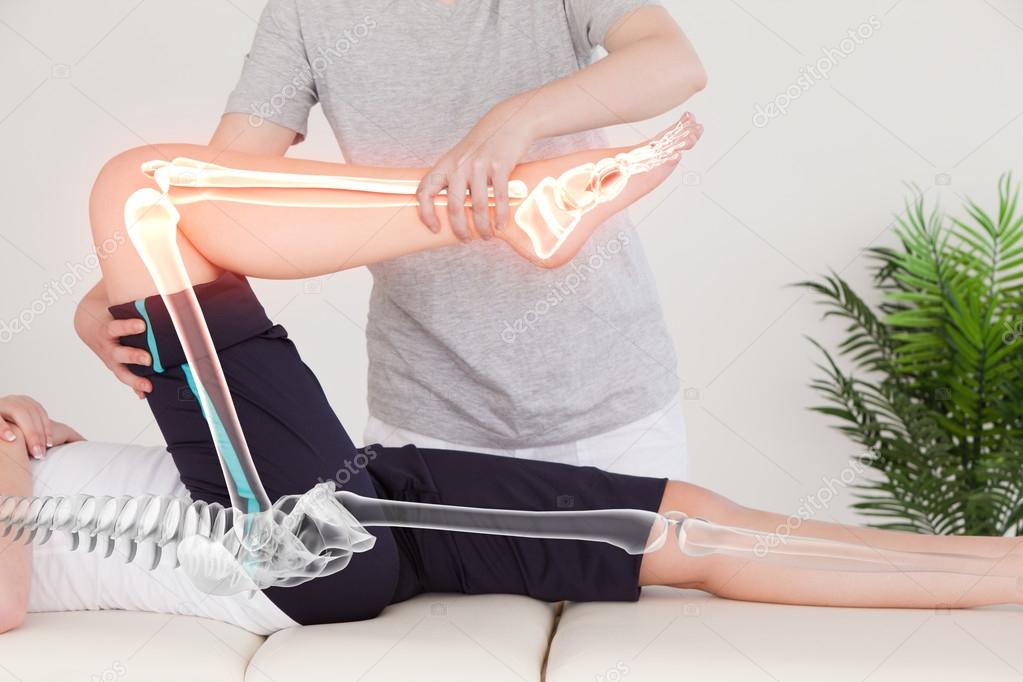
Physiotherapy, often regarded as the art of healing through movement, holds a profound significance in the realm of healthcare. It stands as a beacon of hope for those seeking recovery from injuries, surgeries, or chronic conditions. Through a blend of science, compassion, and expertise, physiotherapists work hand in hand with patients to restore mobility, alleviate pain, and enhance overall well-being.
At its core, physiotherapy taps into the body’s innate ability to heal itself, harnessing the power of movement as a catalyst for transformation. Whether through targeted exercises, manual therapy, or specialized techniques, this holistic approach aims to not only address physical ailments but also empower individuals to reclaim control over their bodies and lives. In a world where movement is often taken for granted, physiotherapy shines as a guiding light, illuminating the path toward recovery and renewed vitality.
The Benefits of Physiotherapy
Physiotherapy plays a vital role in helping individuals recover from injuries and improve their overall physical well-being. Through tailored exercises and techniques, physiotherapy aims to restore mobility, strength, and flexibility to affected areas of the body.
Physiotherapie Near Me
One of the key benefits of physiotherapy is its ability to alleviate pain and discomfort. By targeting specific problem areas through targeted exercises and manual therapy, physiotherapists can help reduce pain levels and promote faster healing.
Moreover, physiotherapy can also enhance performance in various activities, whether it’s sports, daily tasks, or work-related responsibilities. By improving movement patterns, posture, and muscle function, individuals can experience increased efficiency and reduced risk of future injuries.
Common Techniques Used in Physiotherapy
Physiotherapy utilizes a variety of hands-on techniques to help patients restore mobility and reduce pain. One common technique is manual therapy, where the therapist uses skilled movements to manipulate muscles and joints, promoting healing and improving range of motion. Another important technique is therapeutic exercise, where tailored exercises are prescribed to strengthen muscles, improve flexibility, and enhance overall function.
Modalities such as ultrasound and electrical stimulation are also frequently used in physiotherapy to provide pain relief and promote tissue healing. Ultrasound uses sound waves to penetrate deep into tissues, while electrical stimulation delivers small electrical currents to target specific areas, both aiming to reduce inflammation and speed up the recovery process. These modalities are often combined with other techniques to create comprehensive treatment plans tailored to each patient’s unique needs.
The Role of Physiotherapists in Healthcare
Physiotherapists play a vital role in the healthcare system by helping individuals recover from injuries and improve their overall physical well-being. They are experts in assessing and treating a wide range of conditions, such as musculoskeletal injuries, neurological disorders, and cardiopulmonary diseases.
By creating personalized treatment plans, physiotherapists empower patients to take an active role in their rehabilitation journey through various exercises, manual therapy techniques, and education. They not only focus on alleviating pain and improving mobility but also strive to prevent future injuries and enhance overall quality of life.
Furthermore, physiotherapists collaborate closely with other healthcare professionals to facilitate holistic and coordinated care for patients. Through their expertise and dedication, they contribute significantly to enhancing the health outcomes and overall well-being of individuals across different age groups and backgrounds.
